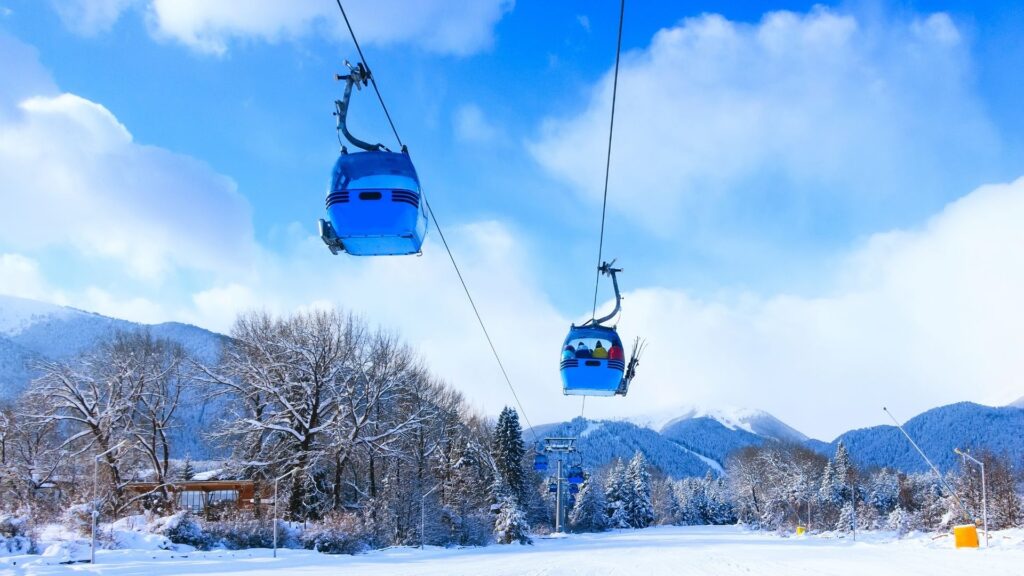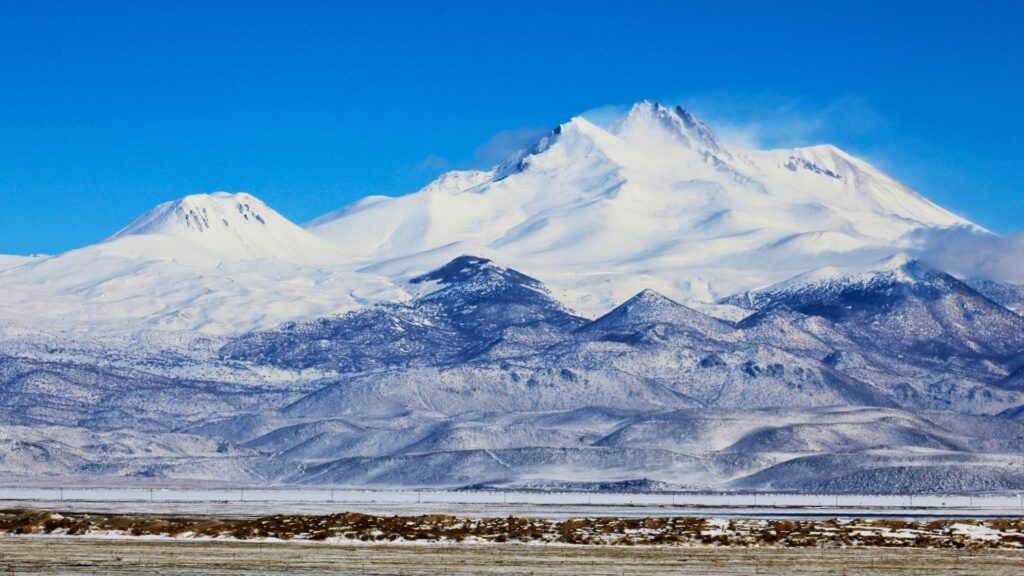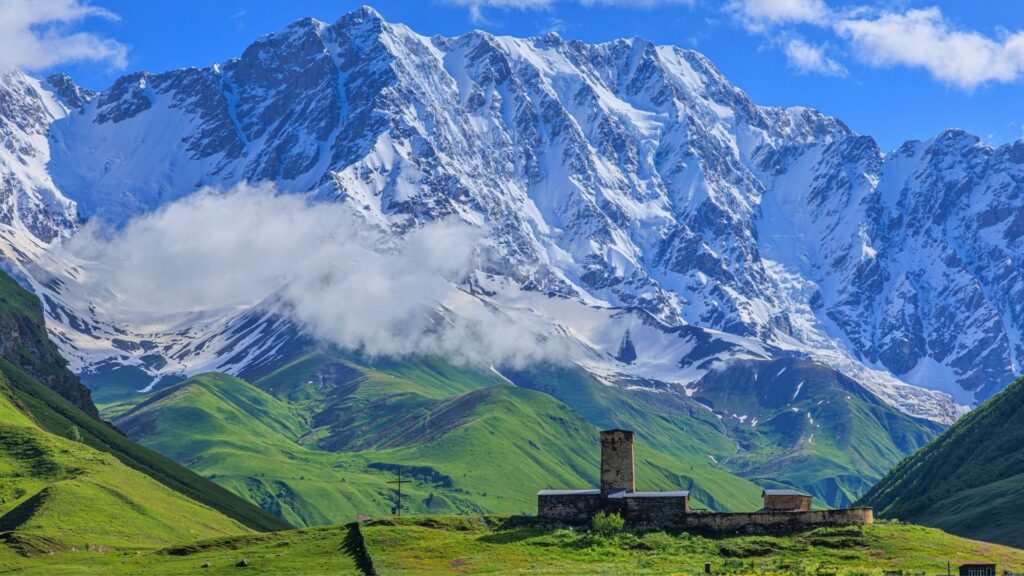The Future of Ski Tourism: Smart Getaways That Optimize the Experience
Global tourism reports reveal a rising demand for winter and ski destinations, alongside the growing popularity of short-distance and value-for-money trips. However, due to increasing prices and costs—especially across Europe—travelers are now seeking more affordable alternatives and nearby winter holiday options.
In the post-pandemic era, the strengthened concept of the “reachability economy” is putting short-term and regional travel in the spotlight. Flight connections, cost-performance balance, sustainable infrastructure, and culinary diversity are emerging as key factors influencing destination choice. This shift is making countries like Slovenia, Bulgaria, Romania, Georgia, and Turkey more visible on Europe’s traditional winter tourism map.
According to the International Snow & Mountain Tourism Report 2025, while participation rates in ski tourism across Europe have remained steady, the “new market destinations” category has seen the fastest growth in Central and Eastern Europe. Tour operators are now creating packages that serve as “alternatives to the Alps,” and destinations are positioning themselves not through pricing, but through authenticity and experiential diversity.
The picture is changing rapidly in Turkey as well. Data from the Ministry of Culture and Tourism shows that during the 2024–2025 winter season, the number of foreign visitors to Erciyes, Palandöken, and Sarıkamış ski resorts increased by 27% compared to the previous year. The growing demand, especially from European and Middle Eastern markets, reflects Turkey’s year-round tourism strategy.
New Trend: “Smart Winter Escapes”
Winter tourism has entered the age of planned getaways. Traveler profiles are changing: long vacations are giving way to short, focused 3–4 day “winter breaks.” This new model aims to deliver a high-quality experience without exceeding the budget. Today, ski resorts are being evaluated not just by their snow, but by their digital connectivity, gastronomy, and accessibility.
The concept of a “Smart Winter Escape” is evolving beyond price advantage — it’s becoming the art of saving time, energy, and money while maintaining the quality of the experience. In Europe, compact ski towns accessible by train, and in Turkey, mountain resorts reachable within two hours from major cities, have become the symbols of this transformation. For the new generation of travelers, what matters most is not a long holiday, but living more in less time.
The mountain air is the same, the snow is the same — the only thing changing is the route. The 2025 winter trend is no longer about expensive slopes, but about soulful yet budget-friendly destinations.
Here are the alternative getaway spots catching travelers’ attention:

SLOVENIA – The Quiet Neighbor of the Alps
Slovenia is emerging as the “silent winner” of European ski tourism for the 2025 season. In Kranjska Gora, Vogel, and Krvavec, hotel rates range between €80–120 per night, about one-third of the Western Alps’ average. With less than an hour’s transfer from Ljubljana Airport to the slopes, Slovenia is a strategic choice for short winter breaks.

BULGARIA – Eastern Europe’s Value-for-Money Leader
Bansko, Borovets, and Pamporovo stand out with upgraded cable car systems, digital lift-pass applications, and affordable accommodation. A 6-night stay including equipment and skipass costs around €550, less than half of the European average. Bansko was even shortlisted in the “Best Value-for-Money Ski Resort” category.

ROMANIA – The Jewel of the Carpathians
Poiana Brașov, with its 24 slopes, strong infrastructure, and proximity to the city center, has become Romania’s ambassador of winter tourism. Visitor numbers grew 18% in 2025, with weekly holiday packages ranging between €650–750. The “Winter Heritage Route” project blends skiing with local culture and gastronomy.

TÜRKİYE – Rising Market with Erciyes, Palandöken, and Sarıkamış
Erciyes has become a regional magnet with new cable lines and international events, offering accommodation starting from €120. Palandöken attracts the Russian and Azerbaijani markets with its long ski season, while Sarıkamış stands out for its natural forest landscape and boutique hotels. With 1.5-hour direct flights from Istanbul, Türkiye is fast climbing into Europe’s top winter league.

GEORGIA – The Accessible Peaks of the Caucasus
Gudauri and Bakuriani impress with their expanding infrastructure and slopes exceeding 3,000 meters. Accommodation still ranges between €90–130, and visa-free travel makes Georgia a favorite for Turkish and Middle Eastern winter tourists.
Global winter tourism is entering a new era of optimization. The focus is shifting from altitude to accessibility, from luxury perception to efficiency and experience management. Operators are now centering their offerings around short but high-value vacations, while destinations reshape their investment strategies based on “low carbon, high return” principles.
The post-2025 period will clearly belong not only to ski resorts — but to cities that successfully brand themselves as winter destinations.











